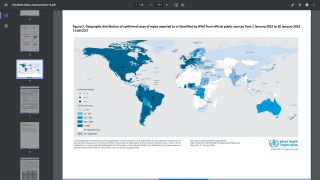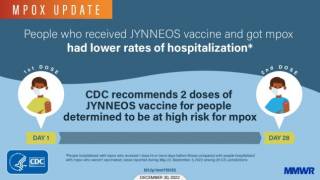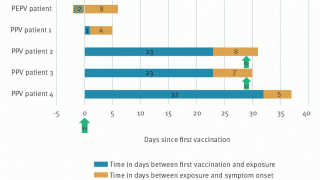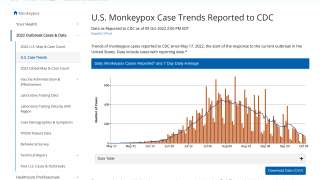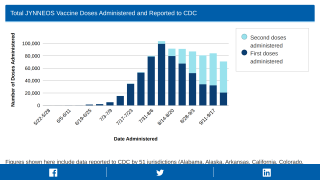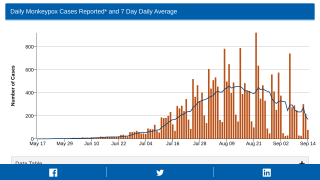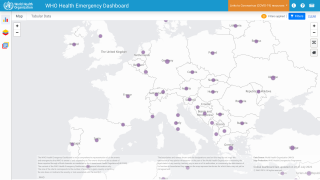63% Increase in Zoonotic Outbreaks in Africa

The World Health Organization (WHO) recently reported Africa is facing a growing risk of outbreaks caused by zoonotic pathogens, such as the monkeypox virus, which originated in animals and then switched species and infected humans.
There has been a 63% increase in zoonotic outbreaks in the region from 2012-2022 compared to 2001-2011.
The WHO analysis published on July 14, 2022, found that between 2001-2022 there were 1843 substantiated public health events recorded in the WHO African region.
Thirty percent of these events were zoonotic disease outbreaks.
While these numbers have increased over the past two decades, there was a particular spike in 2019 and 2020 when zoonotic pathogens represented around 50% of public health events.
Ebola Virus Disease and other viral hemorrhagic fevers constitute nearly 70% of these outbreaks, with dengue fever, anthrax, plague, monkeypox, and a range of other diseases making up the remaining 30%.
The latest data on monkeypox finds a significant increase in cases since April 2022, compared to the same period in 2021.
The increase is mainly observed in the Democratic Republic of the Congo and Nigeria. It could partly be attributed to enhanced monkeypox surveillance and laboratory testing capacity in the countries, though detailed investigations are underway.
However, this upward trend is still lower than in 2020, when the region reported its highest monthly cases of monkeypox. Overall, cases of monkeypox have been rising since 2017, except in 2021, when there was a sudden drop.
From January 1 to July 8, 2022, there have been 2087 cumulative monkeypox cases, of which only 203 were confirmed.
The overall case fatality rate for the 203 confirmed cases is 2.4%. Of the 175 confirmed cases for which there is case-specific data, 53% were male, and the median age was 17.
The increase in zoonotic cases may be due to several reasons.
Africa has the world's fastest-growing population, and there is a growing demand for animal food, including meat, poultry, eggs, and milk.
The population growth is also leading to rising urbanization and encroachment on wildlife habitats.
In addition, road, rail, boat, and air links are also improving across Africa, increasing the risk of zoonotic disease outbreaks spreading from remote areas where there are few inhabitants to large urban areas.
As we have seen with the West African Ebola outbreaks, there can be a devastating number of deaths and cases when zoonotic diseases arrive in cities.
"Infections originating in animals and then jumping to humans have been happening for centuries, but the risk of mass infections and deaths had been relatively limited in Africa. This is because poor transport infrastructure acted as a natural barrier," commented Dr. Matshidiso Moeti, WHO Regional Director for Africa.
"However, with improved transportation in Africa, there is an increased threat of zoonotic pathogens traveling to large urban centres."
"We must act now to contain zoonotic diseases before they can cause widespread infections and stop Africa from becoming a hotspot for emerging infectious diseases."
Stemming the rise in zoonotic diseases in Africa is complex, and WHO recommends a one-health approach that requires multiple sectors, disciplines, and communities to work in collaboration.
This includes a wide range of experts, including those working in human, animal, and environmental health.
Routine disease surveillance information and response activities—for both animal and human health—should be shared among epidemiologists and other public health experts.
Our Trust Standards: Medical Advisory Committee
